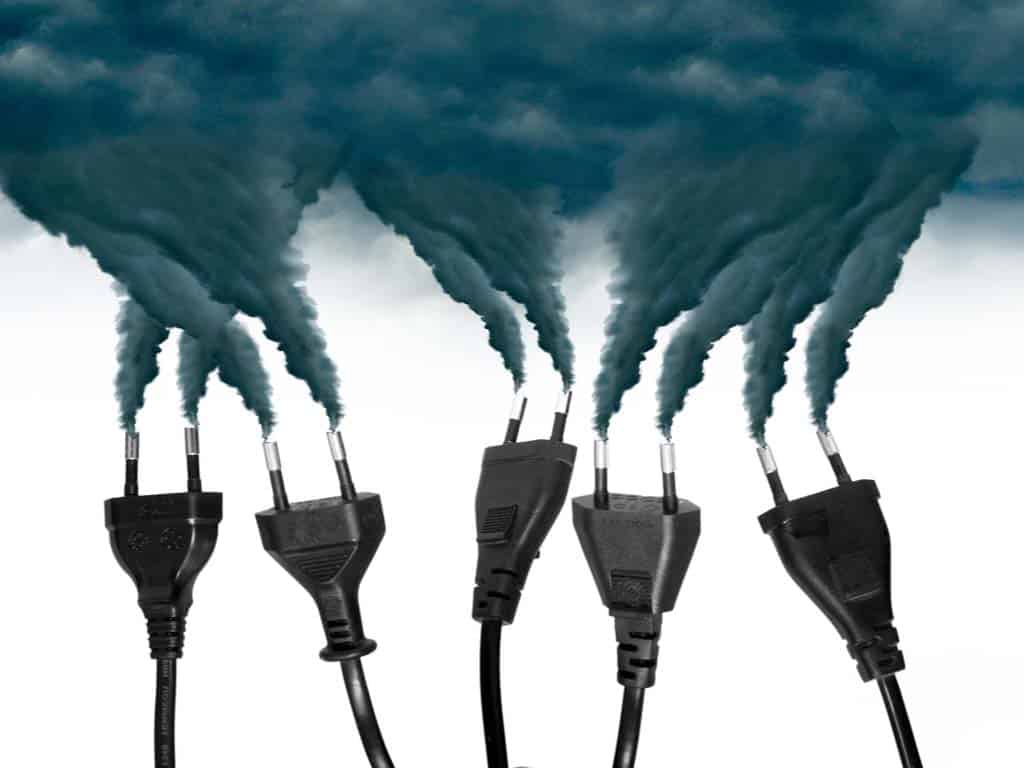The plethora of advantages renewable energy offers our country both economically and environmentally are endless. But there are also other aspects to keep in mind. This includes the fact that there is still a lifecycle that comes with generation. And that means there’s waste as a result, and handling this kind of output is what we also need to turn our attention to.

Even though alternative sources like solar, wind and hydroelectric do offer cleaner processes and results, they still need the same resources that cause pollution. These pollutants can influence our individual health.
The challenge is that the industry is still fairly fresh in terms of processes, and this includes the nature around production and elimination of waste. It’s also exploded at a rate that wasn’t entirely expected, and while we can celebrate this in Australia, we do need to quickly adapt new approaches around removing and disposing of related waste.
For example, many solar panel systems are now reaching a point towards the end of their life span. When they’re finally done and dusted, how to dispose of them sustainably becomes a hot debate. In 2018 alone, panels produced approximately 250,000 metric tonnes of waste – according to the International Renewable Energy Agency (IRENA).
Scientists are still trying to assess whether there are cleaner ways to go about this, and no doubt, there will be in the near future. Ultimately, the process isn’t a simple one. Waste can be broken down more than that from fossil fuels, but they’re still a hazard to the overall environment.
What we really need is a loop of technology that feeds back old systems into the network through a recycling program. These waste-to-energy plants could become a huge opportunity for Australia’s future as a renewable energy giant, and they’ll encourage the reuse of these kinds of materials.
Encouraging sustainability
The biggest challenge of this whole process is incentivising everyone else also to take up less toxic measures for waste disposal. In some cases, it can cost more to do this than even making them in the first place – so this is a hiccup for bodies trying to minimise environmental impact.
To make a positive path for the future, incentives need to be introduced on a government and industry regulator level to ensure there are proactive outcomes. Beyond this, the construction of panels themselves can also be refined to assess better processes around how waste is used or the kinds of volumes taking place.
For example, new panel designs typically feature less silicon, meaning they produce less waste overall. These kinds of advancements will continue to carry the key into a more waste-sensible energy industry in Australia.











































